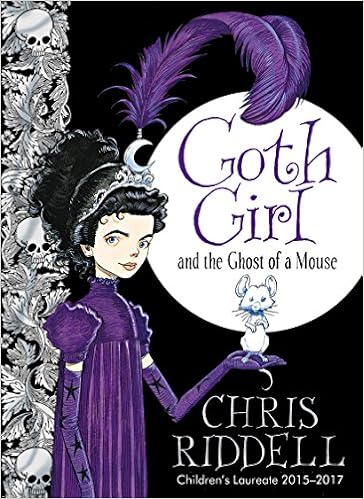Maybe you have always dreamed of being a professional writer and are currently working towards this goal, or maybe you’d just like to write for your own enjoyment but bad experiences at school have put you off? Wherever you are coming from or want to go with words dysbooks is here to help you on your journey.
As this is the first of our Friday blogs on writing and career related information for dyslexics we thought it was best to start at the beginning.
Getting Started

Sometimes, the most important thing is believing that what you want to achieve is possible, even if you know it will be difficult and might take you a long time. To help inspire dyslexic people to get involved with writing and believing it is something that can belong to them as a form of self expression, we have created both a list of dyslexic writers and writer profiles.
The profiles provide more information about specific dyslexic authors. Most of them had a hard time at school and still find aspects of writing hard now, but that has not stopped them from becoming bestselling authors, teaching others to write, or winning prestigious awards. More importantly, it hasn’t stopped them enjoying playing with language.
Writing is a visual record of spoken language, so if you can speak and play with spoken words – even if you cannot write yourself – you can still find ways to tell stories. The greatest works of literature are also some of the most easy to find as audiobooks. You can be well versed in the classics without ever having read a printed word.
Being dyslexic can also bring a different appreciation to language and inspire ways to play with it that someone who picked up written language easily would not. Author Paul Ross is a great example:
His second volume of Dyslexic Thoughts in Words has just been announced.
The most important thing is to give writing a go and not to worry about the spelling or the grammar. In this modern age, there is technology to help with this and so many people who can help you fix these issues. What no one else but you can do is to tell the stories you have inside of you.
Inspired?
Then here are some books to help you get going.
We particularly recommend:
 Get Started in Creative Writing – by Stephen May (originally by Dianne Doubtfire)
Get Started in Creative Writing – by Stephen May (originally by Dianne Doubtfire)
A brilliant guide for beginners, this book covers a wide range of writing mediums. It provides an introduction to writing poetry, plays, short stories, autobiographies, factual books, children’s books, articles or novels. There is excellent advice on publishing and the publishing industry. It is not the only thing you will want to read but it is enough to get you started and enthusiastic about writing, even if you are only interested in one or two of the mediums the book covers. It is easy to read and well laid out, with a reasonably sized font.
You can find more information produced to support writers on our writers pages.

 This is a book that will appeal to not only children but also adults. It is the incredible story of one dad’s quest to bring home milk for his family.
This is a book that will appeal to not only children but also adults. It is the incredible story of one dad’s quest to bring home milk for his family.

